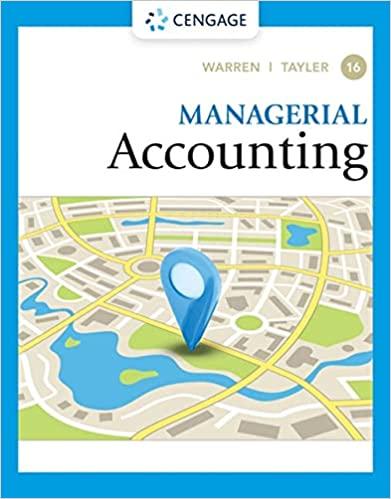








Question 9 5 pts Cash flows that can be used in discounted cash flow models include: Earnings before interest taxes depreciation and amortisation (EBITDA) Gross Profits Net Profits Operating Profits Dividends Question 10 5 pts Here are four industries and four forecasts for the macroeconomy. Match the industry to the scenario in which it is likely to be the best performer. Industry Economic Forecast A. Deep recession: falling inflation, interest rates, and GDP I. Housing construction B. Superheated economy: rapidly rising GDP, increasing inflation and interest rates II. Health care III. Gold mining C. Healthy expansion: rising GDP, mild inflation, low unemployment IV. Steel production D. Stagflation: falling GDP, high inflation None of the listed choices O land C, II and A, III and D, IV and B O I and B, II and A, III and C, IV and D O land B, II and A, III and D, IV and C O land D, II and A, III and C, IV and B Question 11 5 pts You wish to earn a return of 13 percent on each of two stocks, X and Y. Stock X is expected to pay a dividend of $3 in the upcoming year while Stock Y is expected to pay a dividend of $4 in the upcoming year. The expected growth rate of dividends for both stocks is 7 percent. The intrinsic value of stock X will be less than the intrinsic value of stock Y will be the same as the intrinsic value of stock Y will be greater than the intrinsic value of stock Y None of the listed choices is correct will be greater than the intrinsic value of stock Y or will be the same as the intrinsic value of stock Y Question 12 5 pts WACC is the most appropriate discount rate to use when applying a valuation model. FCFF FCFE P/E FCFF or DDM depending on the debt level of the firm DDM Question 13 5 pts Consider the free cash flow approach to stock valuation. Utica Manufacturing Company is expected to have before-tax cash flow from operations of $500,000 in the coming year. The firm's corporate tax rate is 30 percent. It is expected that $200,000 of operating cash flow will be invested in new fixed assets. Depreciation for the year will be $100,000. After the coming year, cash flows are expected to grow at 6 percent per year. The firm has no outstanding debt. The projected free cash flow of Utica Manufacturing Company for the coming year (to the nearest $) is $150,000 $300,000 $180,000 $380,000 O None of the listed choices correct Question 14 5 pts A company's net profit is $30,000. It is planning a capital investment of $10,000. The amount of depreciation charged during the year is $2,000. The additional working capital requirement is estimated as $3,000. The company has a target capital structure of 30 percent debt. The tax rate is 20 percent. The amount of interest paid is $1,000. Number of shares outstanding is 10,000. The FCFF is: $25,800 $25,200 $25,000 $26,000 None of the listed choices is correct. Question 15 5 pts Assume that company A's depreciation has increased by $100. Keeping all else equal, if the tax rate is 40 percent, FCFE and FCFF will remain unchanged. FCFE will increase by $40 and FCFF will increase by $60 FCFE will increase by $100 and FCFF will increase by $100 FCFE will increase by $60 and FCFF will increase by $60 FCFE will increase by $40 and FCFF will increase by $40 Question 18 5 pts A company expects to have an EPS of $1. Number of shares outstanding is 1,000,000. The dividend policy is to pay 40 percent of the earnings as dividends. It has been estimated that the company will require additional investment in fixed assets of $3,000,000 and in working capital of $500,000. The company plans to borrow $2,000,000 to finance the needs. The tax rate is 20 percent. The depreciation will be $600,000 and interest payment will be $200,000. FCFE per share can be calculated (to the nearest $0.01) as: $0.05 $0.12 $0.10 None of the listed choices is correct $0.08 Question 20 5 pts A company has a net profit of $30,000. Its book value of equity at the beginning of the year was $1 million. The required return on equity is 10 percent. The number of shares outstanding is 10,000. The residual income per share (to the nearest $0.01) is: $2.00 None of the listed choices $1.20 ($2.00) $1.80















